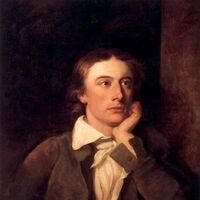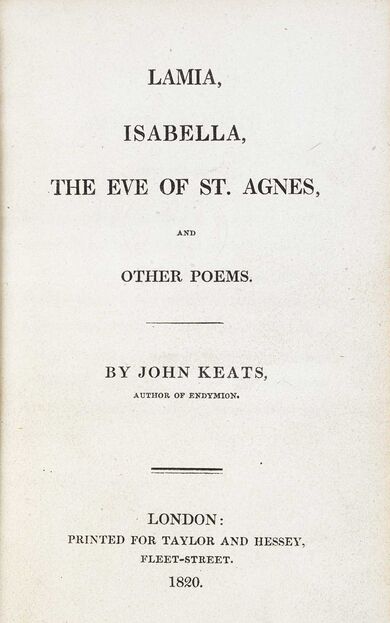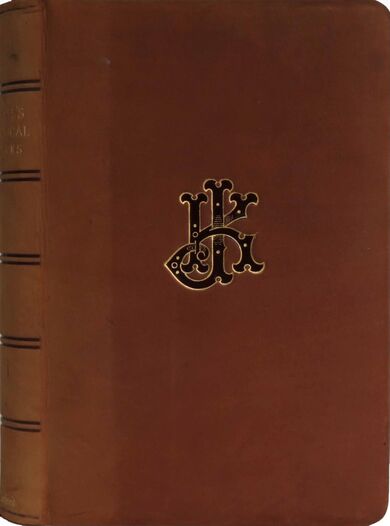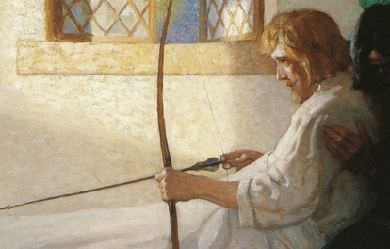On death
Death was present thruoghout John Keats’s life, since his father died because of a riding accident when John Keats was just a child.
Many years later, his brother Tom died because of an illness.
As the father was the first relative who John Keats saw die, this poem would be dedicated to him, in his memory.
John Keats begins the poem by asking whether death could be compared to sleep, and life with a dream.
According to Romanticism, the idea of Death is seen as neverend, eternal sleeping, and what happen to us every single day is nothing but scenes of a dream, something which is not going to last for ever.
Happiness and joy are nothing but ghosts, pleasures that take place for a moment and then vanish without being noticed any more.
Still in the first part of the poem, the author asks a second question with a certain irony: “And yet we think the greatest pain’s to die?”
“we” refers to every human being on earth that has thought about life after death, but the author seems to know the answer for this question, because after Death we rest in peace, so to die must not be painful at all.
On the other hand, the second part of the poem does not talk about Death in itself, but how men (referring men and women) should get used to Death.
The expression “not forsake” stands for “not giving up” in the sense of “do not commit suicide”. In spite of the fact that life envolves suffering, as the word “woe” says, it is a rugged path we have to go through.
By “future doom” Keats means all the life we go ahead, in front of us.
As long as we are alive, each time we wake up we will be suffering until Death arrives, and then all the pities will be gone for ever.










